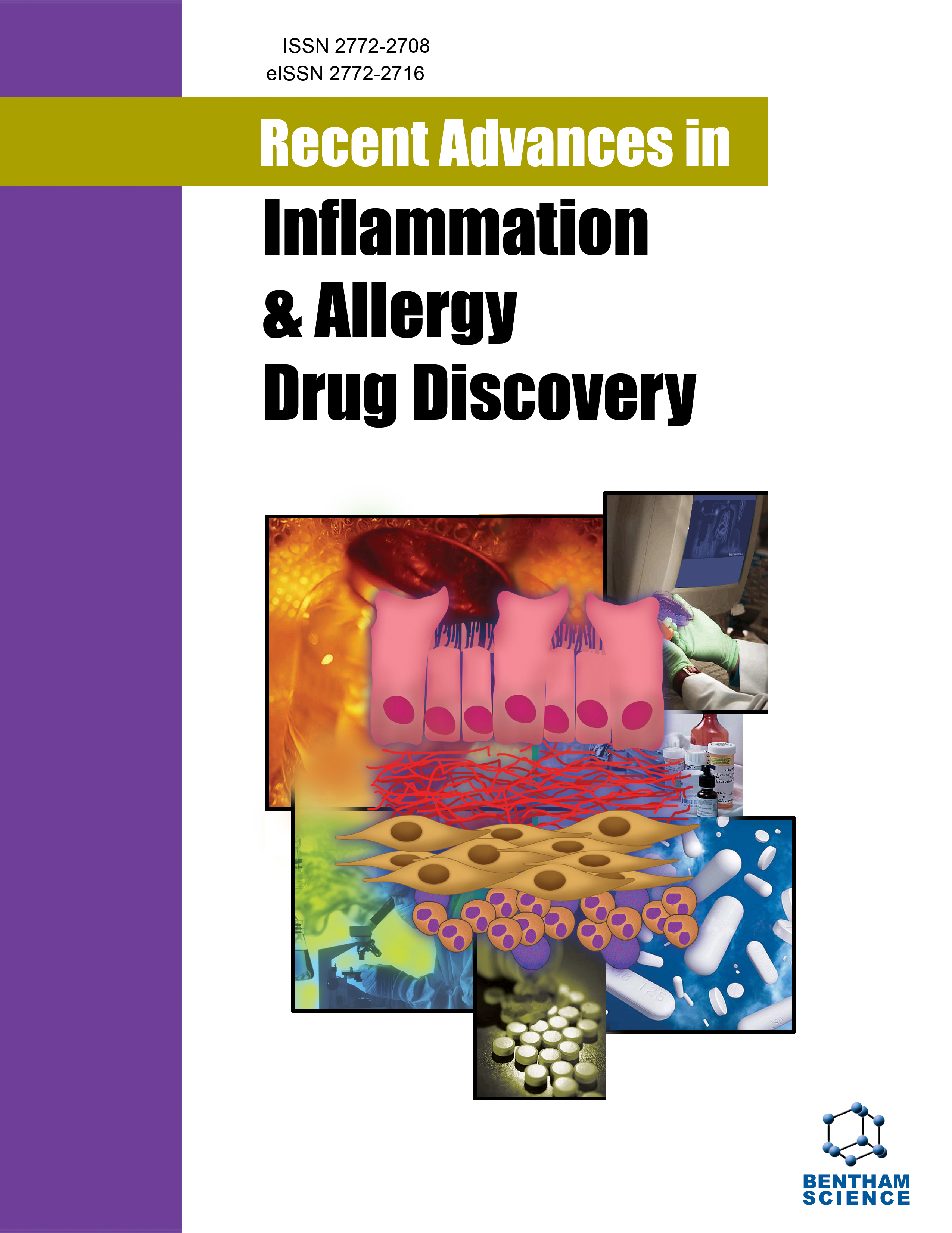
Full text loading...
We use cookies to track usage and preferences.I Understand

The landscape of wound management has undergone a revolutionary transformation with the integration of nanomaterials-based therapeutics. This abstract explores the profound impact of nanotechnology on wound care, highlighting the unique properties of nanomaterials and their role in advancing therapeutic interventions. Nanomaterials, characterized by their dimensions at the nanoscale, have emerged as versatile tools in wound management. The review focuses on various types of nanomaterials, including nanoparticles, nanofibers, and nanocomposites, which offer tailored solutions for optimizing wound healing processes to facilitate controlled drug delivery, developing a novel approach on account of achieving controlled transport of bioactive agents, such as growth factors, antimicrobial compounds, and anti-inflammatory drugs. This precision in drug delivery enhances therapeutic efficacy, promoting optimal wound healing outcomes. One of the pivotal contributions of nanomaterials to wound management is their engineered antimicrobial properties. Nanoparticles also exhibit effective antibacterial characteristics, addressing concerns related to wound infections. Nanomaterials integrated into dressings and scaffolds enhance mechanical strength and provide a conducive environment for cellular processes, fostering tissue regeneration, angiogenesis, and extracellular matrix synthesis. Nanoparticles with anti-inflammatory and antioxidant functionalities create a balanced microenvironment, reduce chronic inflammation, and promote a pro-regenerative milieu. In conclusion, integrating nanomaterials into wound management strategies represents a paradigm shift in therapeutic approaches.

Article metrics loading...

Full text loading...
References


Data & Media loading...